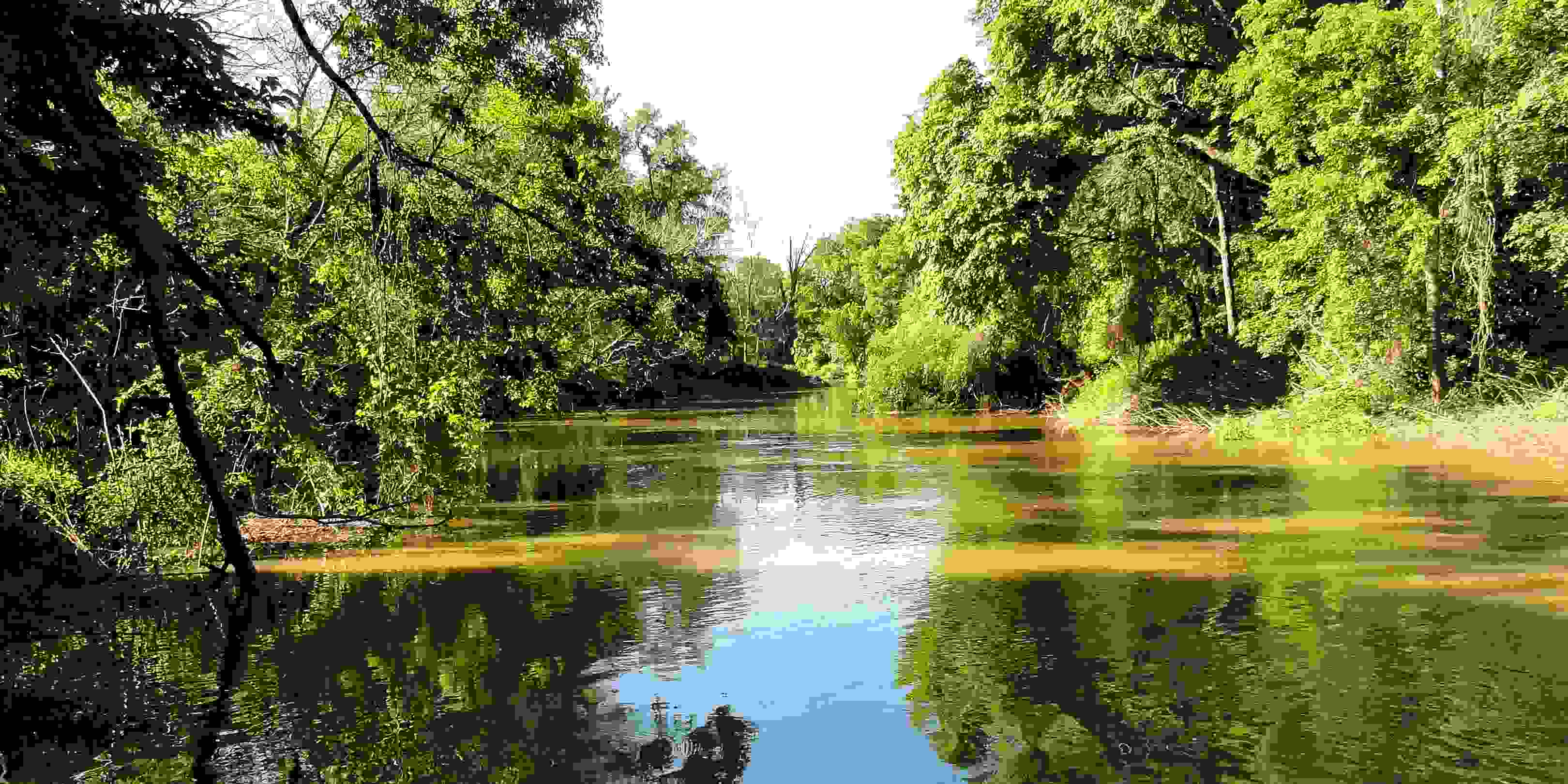The Texas Water Resources Institute (TWRI), Texas A&M AgriLife Extension Service and Texas State Soil and Water Conservation Board are hosting two public meetings in July for anyone interested in improving and protecting water quality in the Navasota River and its watershed downstream of Lake Limestone.
Meeting dates, times and locations are:
- July 14, 1:30–3:30 p.m., College Station Utilities Meeting and Training Facility’s assembly room, 1601 Graham Road in College Station. Registration begins at 1 p.m.
- July 14, 6:30–8:30 p.m., Pridgeon Community Center's Franklin Room, 351 Cooks Lane in Franklin. Registration begins at 6 p.m.
Landowners, homeowners, business owners, concerned citizens and city and county officials are invited to attend either meeting, said Dr. Lucas Gregory, TWRI research scientist.
“At the meetings, we will continue discussions regarding planning efforts to improve and protect water quality in the Navasota River and its watershed,” Gregory said.
“Current bacteria loads, their sources and the needed amount of bacteria loading reduction to meet water quality standards in the watershed will all be discussed,” he said. “Management measures recommended to address the various sources of bacteria present in the river will also be discussed.”
The Texas State Soil and Water Conservation Board has funded the Navasota River Watershed Protection Plan through a state nonpoint source grant.
Edward Schneider, AgriLife Extension agent for Robertson County, said watershed protection plans are a common tool used across Texas to improve surface water quality using voluntary measures.
“Local watershed stakeholders develop these plans through a facilitated planning process. As a result, plans are usually a very effective tool for improving and protecting water quality,” he said.
“Local landowner involvement in this process is critical,” said Dusty Tittle, AgriLife Extension agent for Brazos County. “Their understanding of the watershed is crucial for developing an effective watershed protection plan.”


